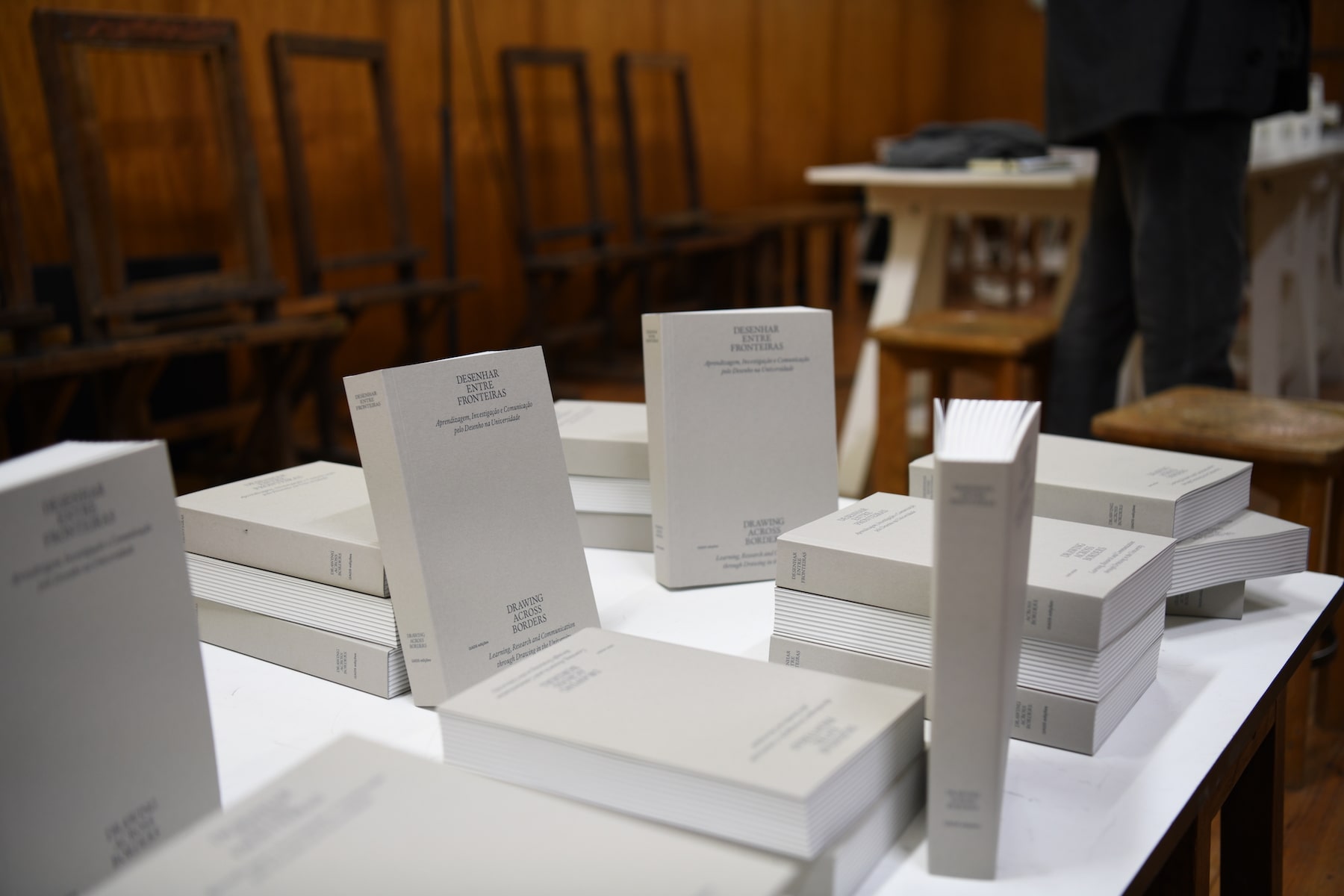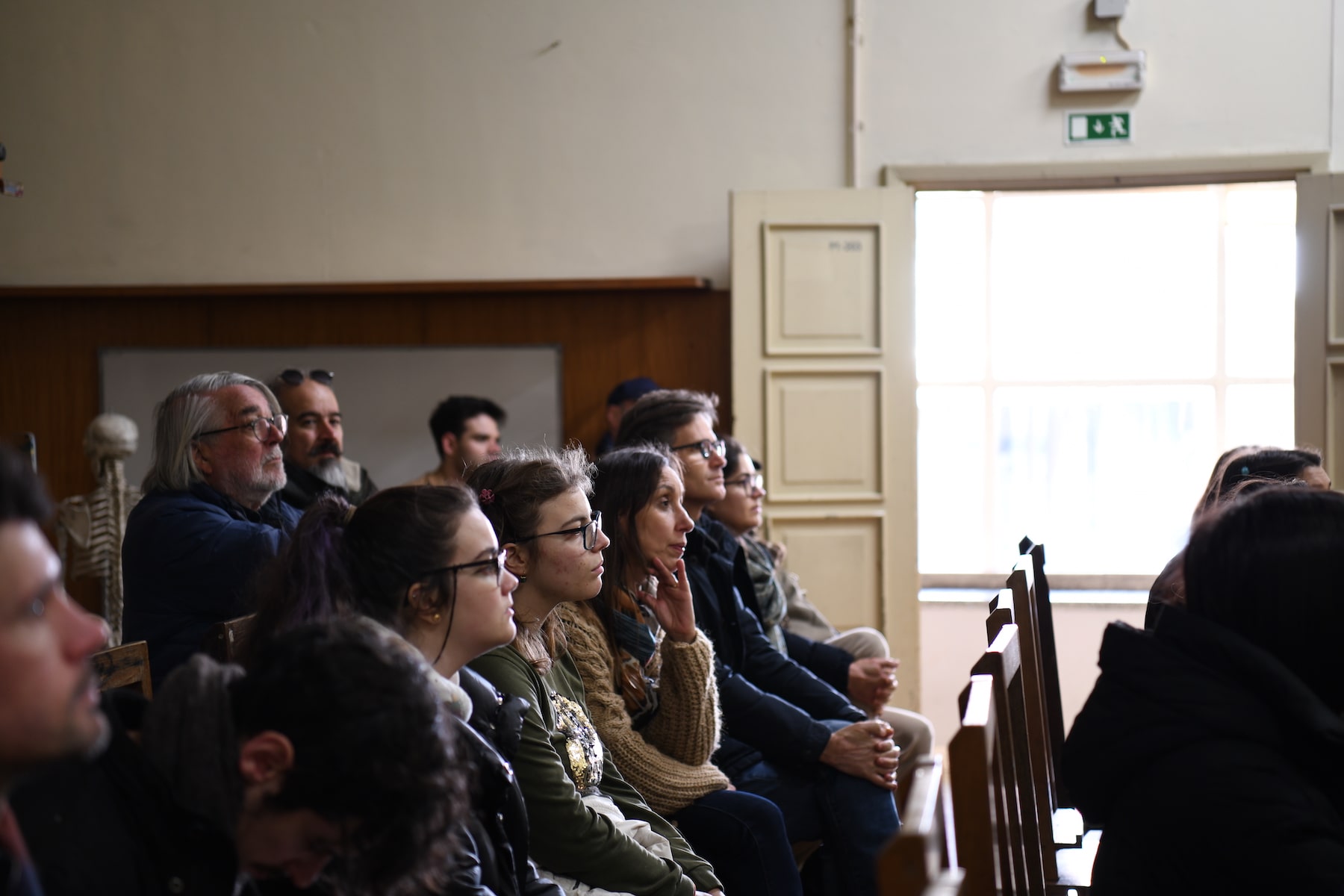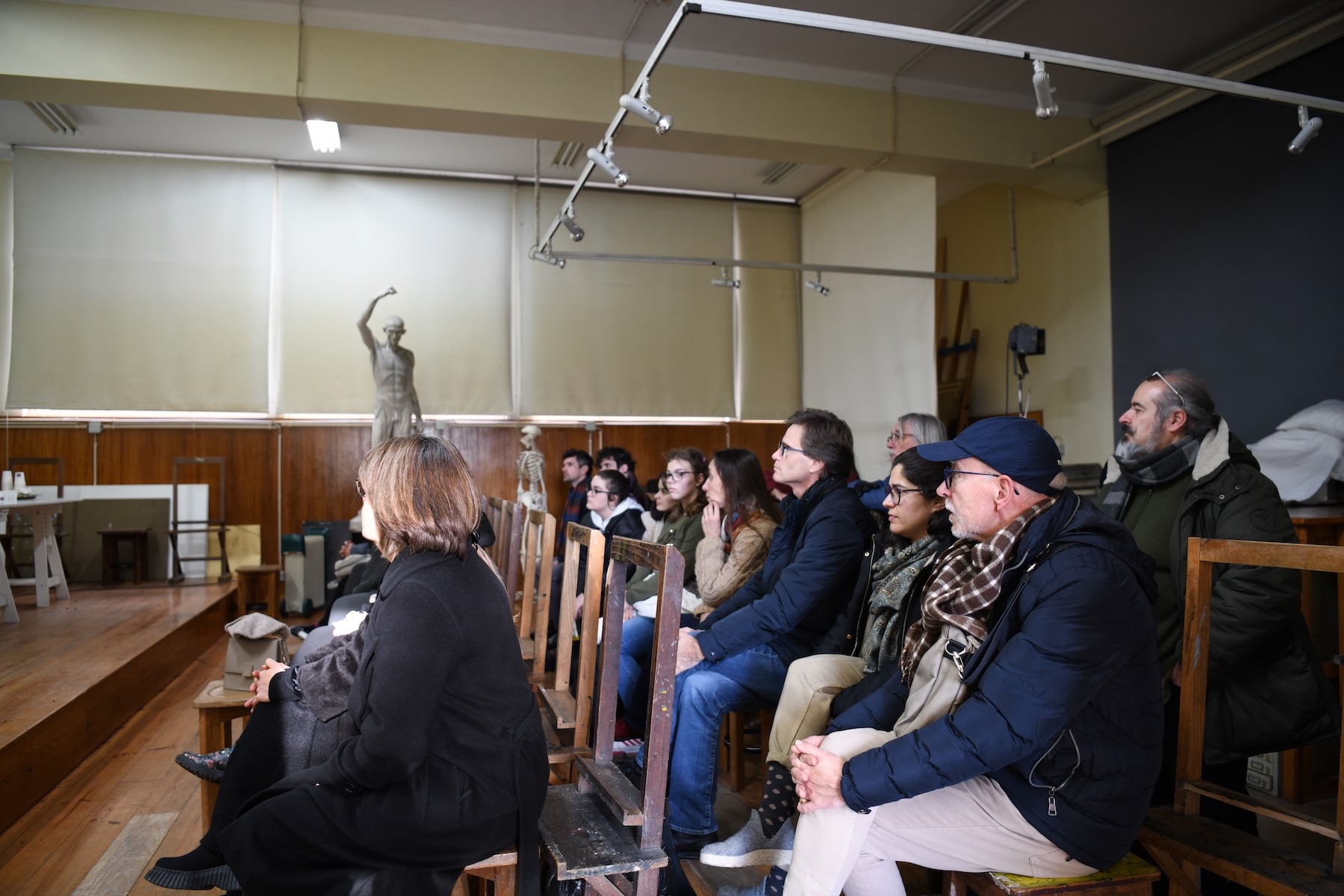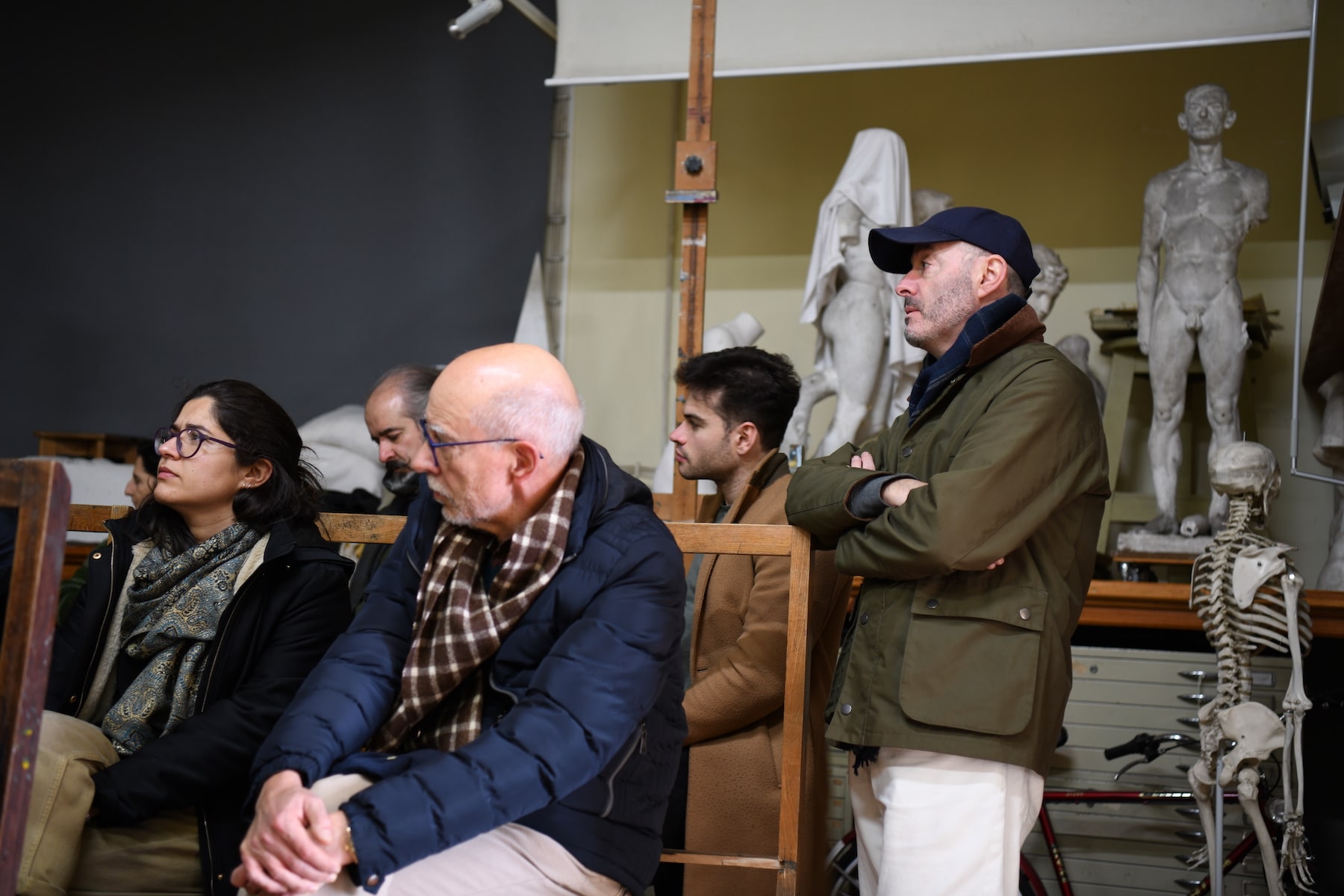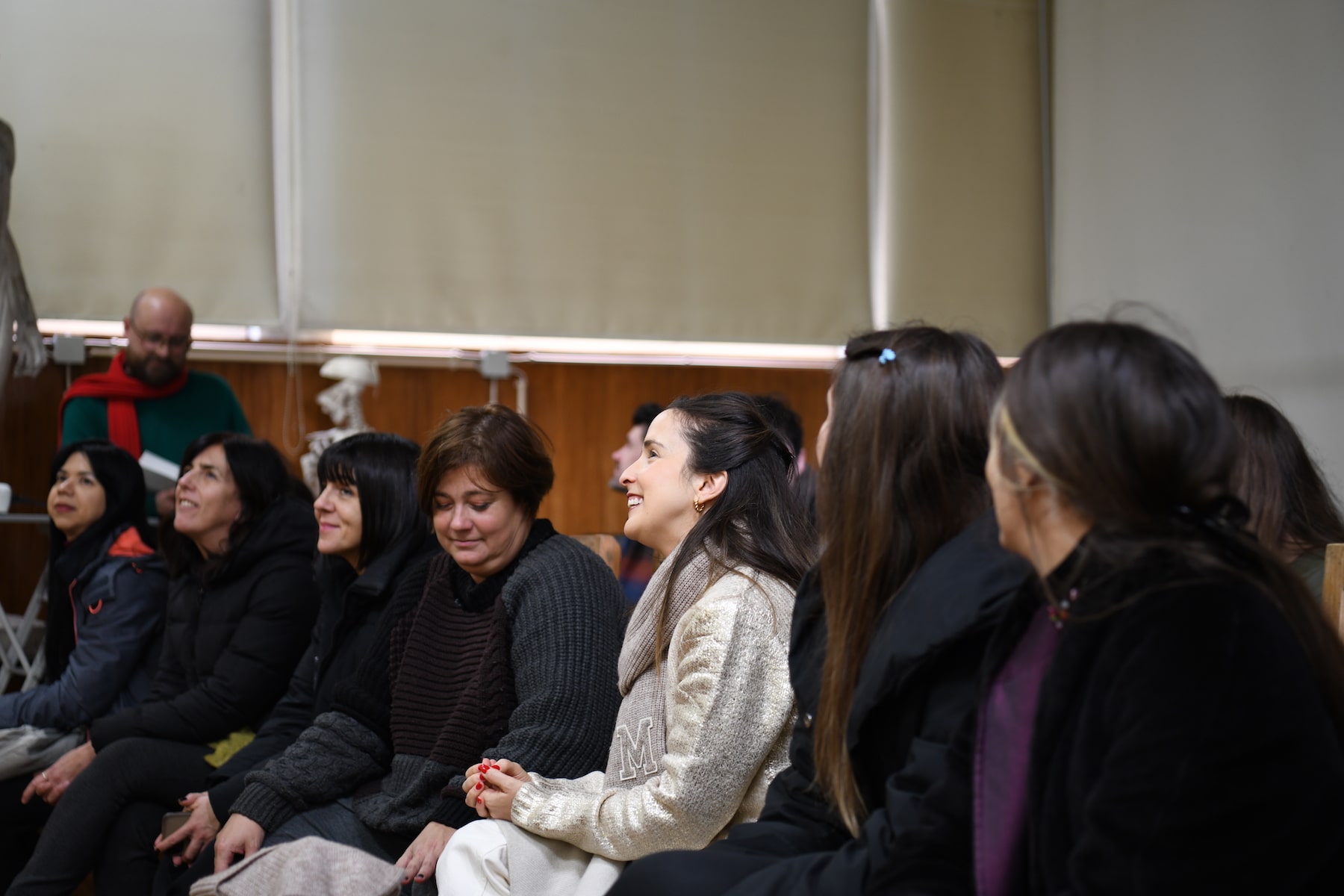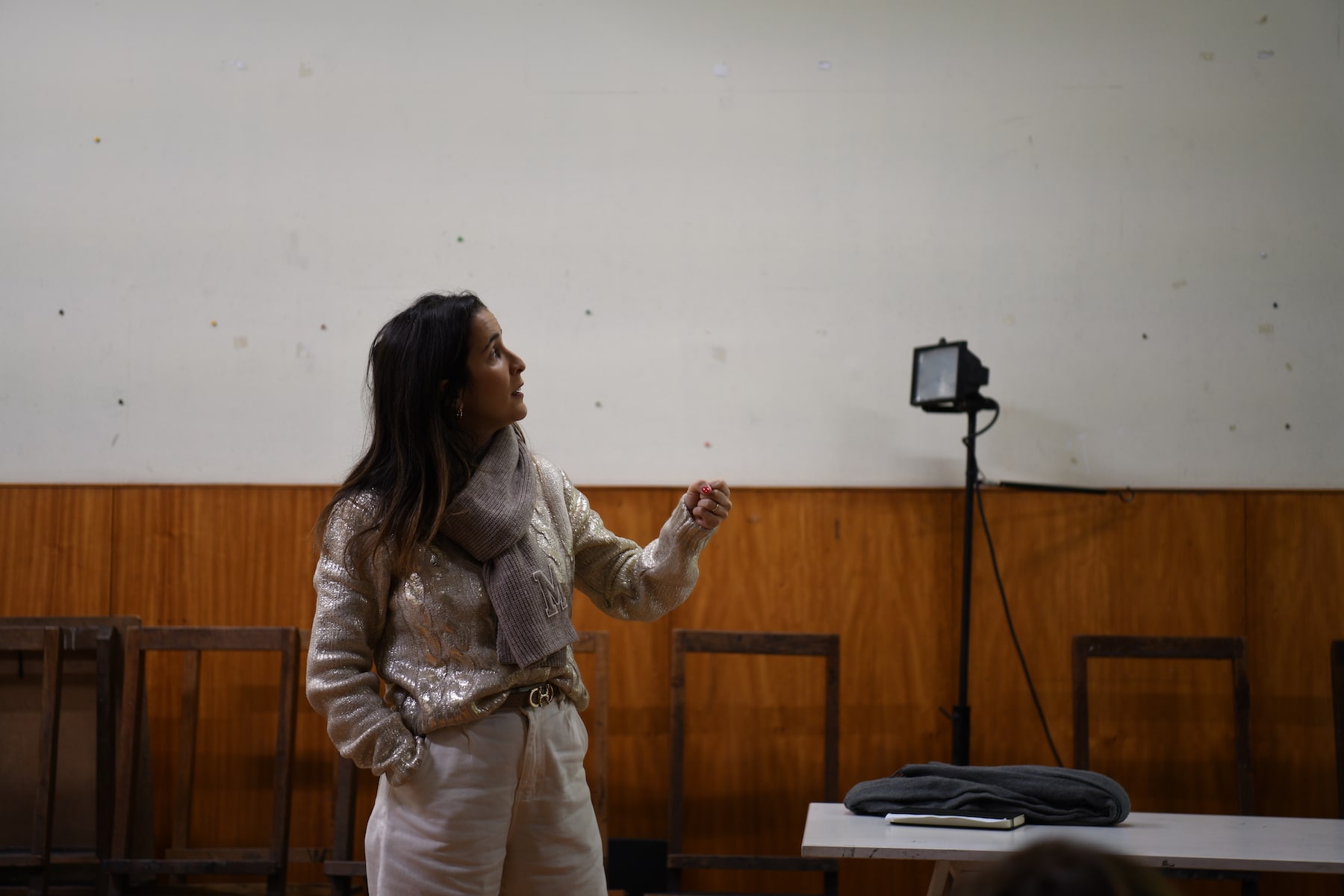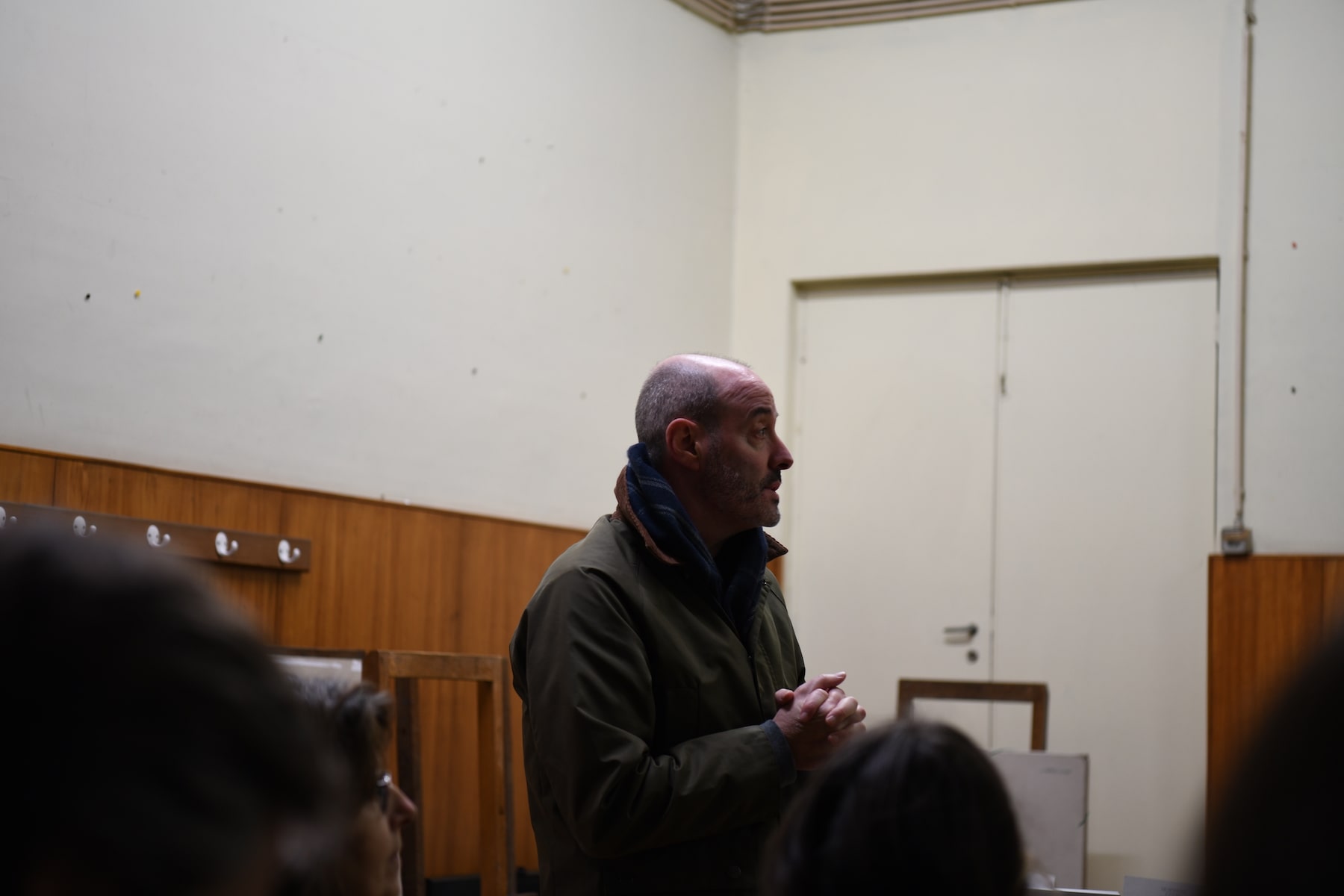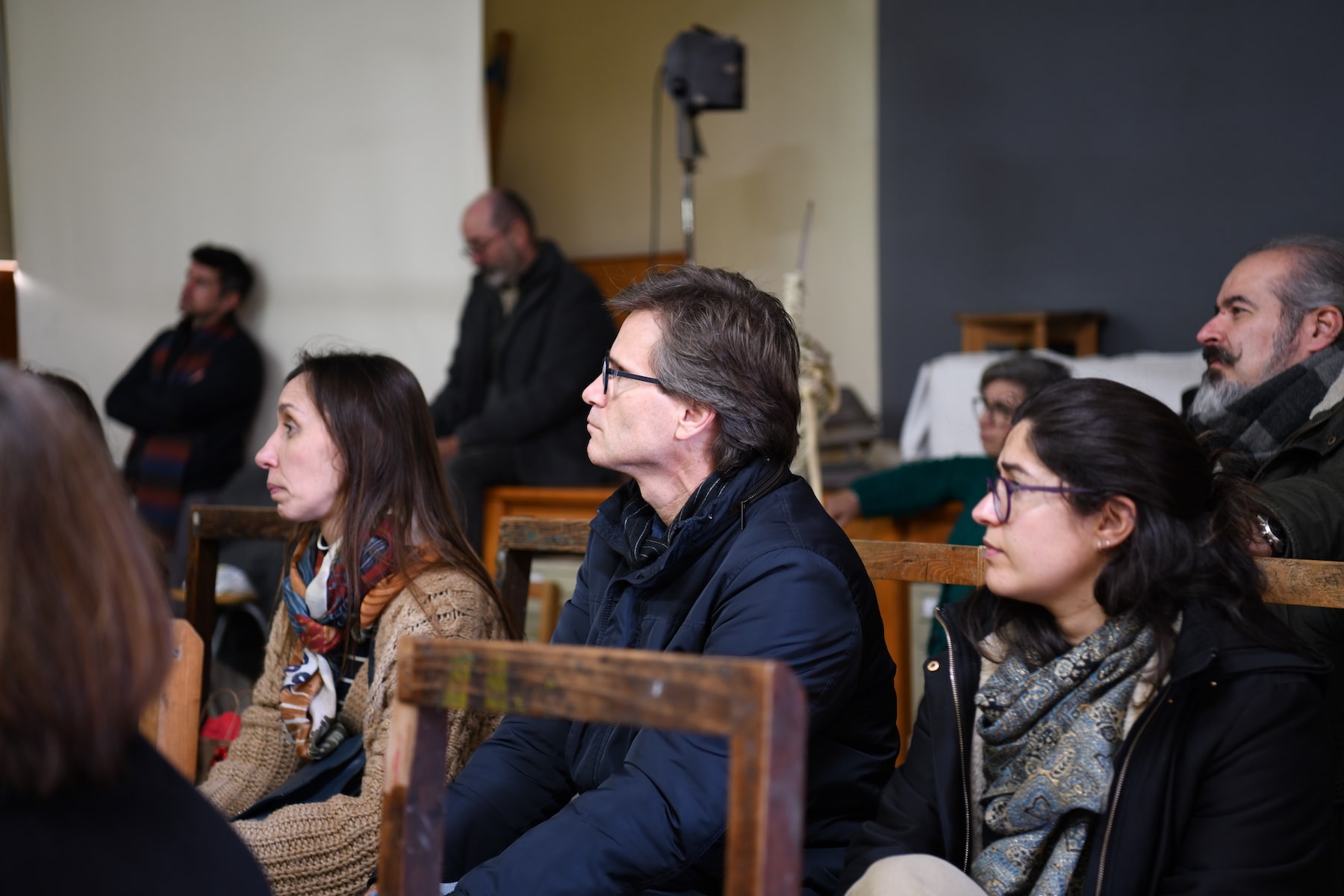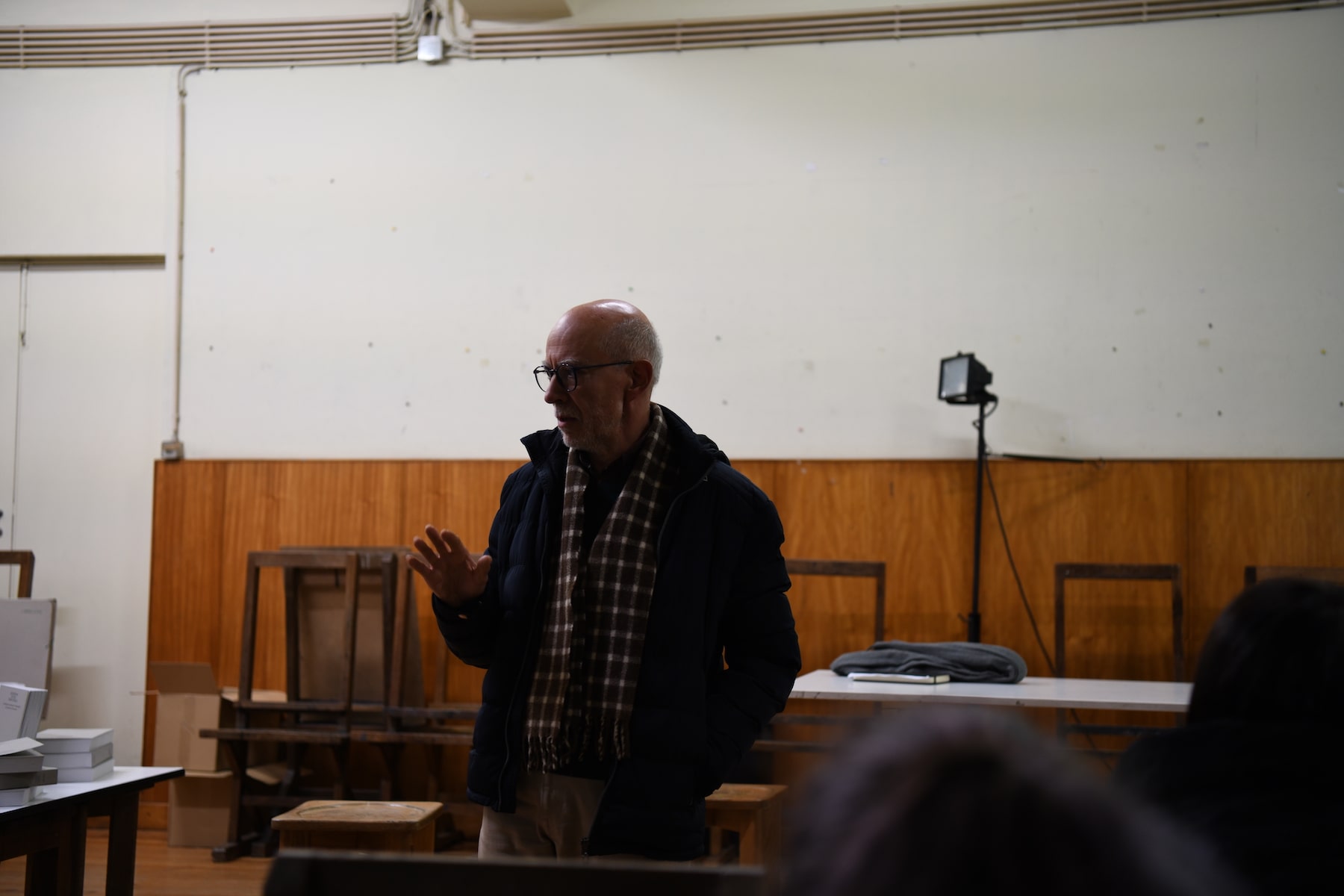This book is the outcome of the work carried out in the first year of a research project led by artists, drawing professors and researchers at the University of Porto. Aware of the transversal role of drawing as “language”, as a design tool and as a speculative means for visualising what runs through the mind, we aim to study the modes and meanings of drawing (in its broadest sense) in the ways it is being used across STEM areas within the University of Porto.
The role of images and their uses across sciences is increasingly unquestionable. As this topic is receiving growing attention from Science, Philosophy of Science, Image Studies and Educational Sciences, how can we address the various and diversified modalities of usage, forms, purposes and fields of Drawing? This research plan raises and proposes a successive and infinite series of initial questions: does drawing exist at the University of Porto? Is it being used across its Faculties, Departments and Research Centres? What drawing typologies are used (schemes, annotations, illustrations, etc.)? Who draws? What do they draw? How do they draw? Why do they draw? Which purposes are addressed? Does one learn better through drawing? What kind of awareness, knowledge, or insights does someone who draws have regarding the activity of drawing? Can drawing be replaced? How can artists who draw participate in the interweaving of these problems?
(…) Through these contributions, we intend to open up research and learning possibilities, raise new questions and revisit old ones, and re-inspire other persons to draw in and beyond STEM areas in the University. Overall, the present volume is neither exhaustive nor conclusive. It is an invitation to explore the collection of drawings, to pay daily attention to drawing activities that surround us at the University, and above all, to reconnect them with our research, teaching and learning processes.


